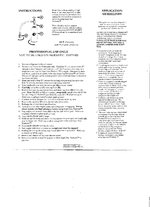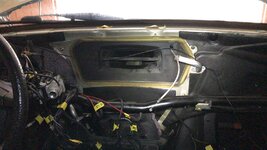Does anyone know how to obtain Cryoseal or Cliplight for DiY use? It seems that Cryoseal will only sell directly to a shop and I can't seem to find a distributor or sales rep from Cliplight's web page. I don't need it now, but from what I've read here, these two products are proven effective and it would be nice to have around in the future. Thanks.
-
Hi Guest !
Welcome to the 500Eboard forum.
Since its founding in late 2008, 500Eboard has become the leading resource on the Internet for all things related to the Mercedes-Benz 500E and E500. In recent years, we have also expanded to include the 400E and E420 models, which are directly related to the 500E/E500.
We invite you to browse and take advantage of the information and resources here on the site. If you find helpful information, please register for full membership, and you'll find even more resources available. Feel free to ask questions, and make liberal use of the "Search" function to find answers.
We hope you will become an active contributor to the community!
Sincerely,
500Eboard Management
A/C Sealant Availability
- Thread starter emerydc8
- Start date







